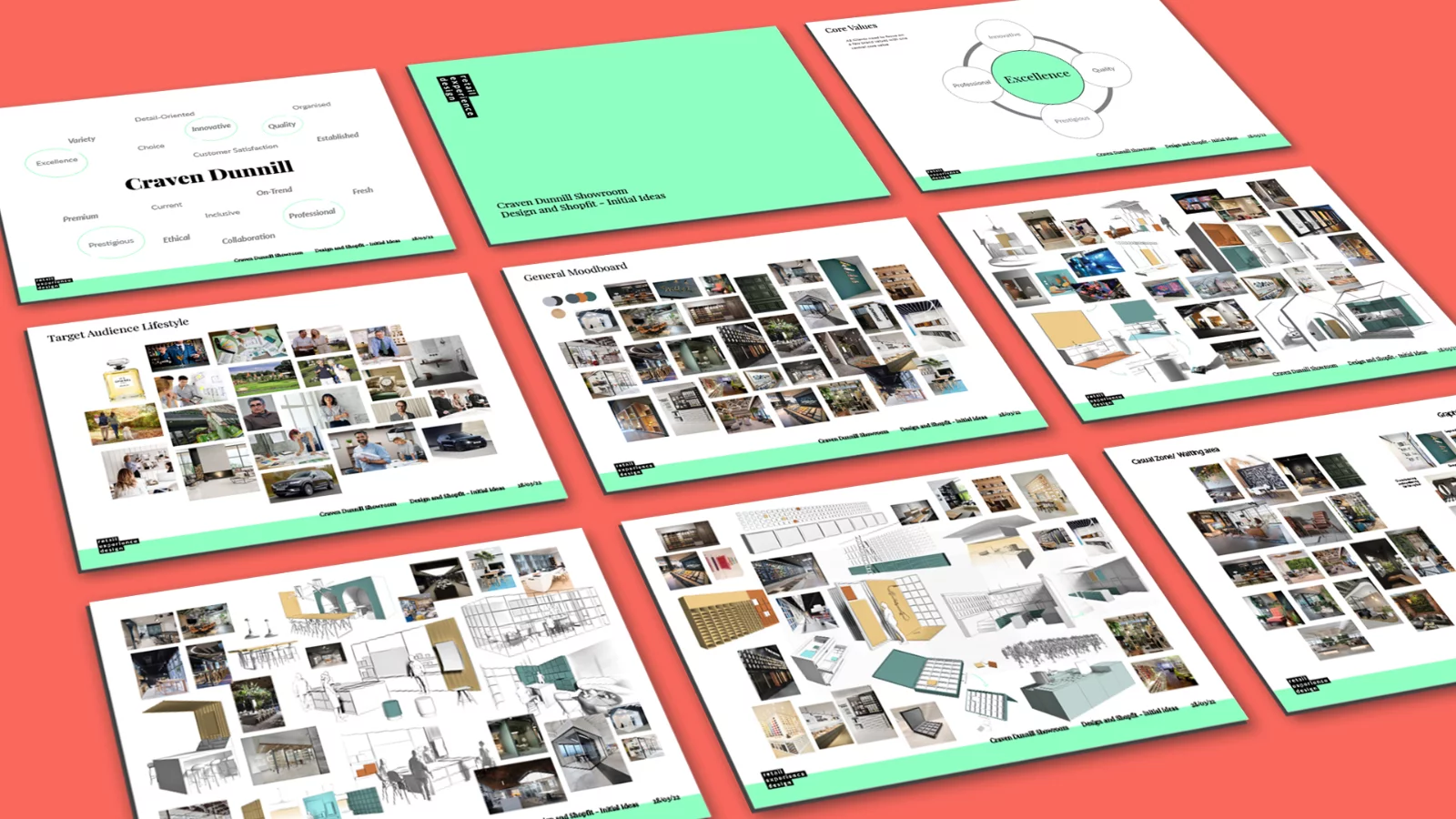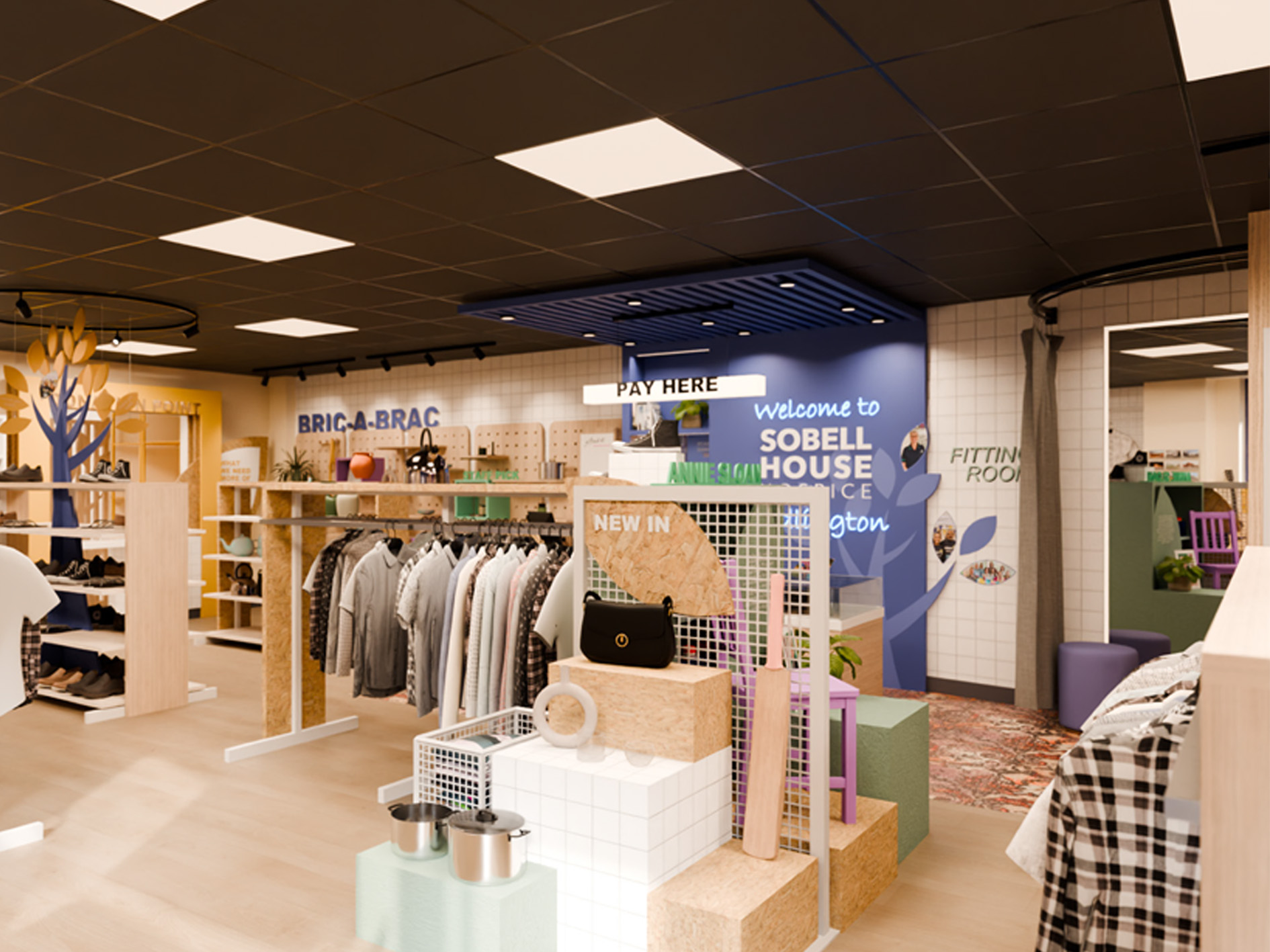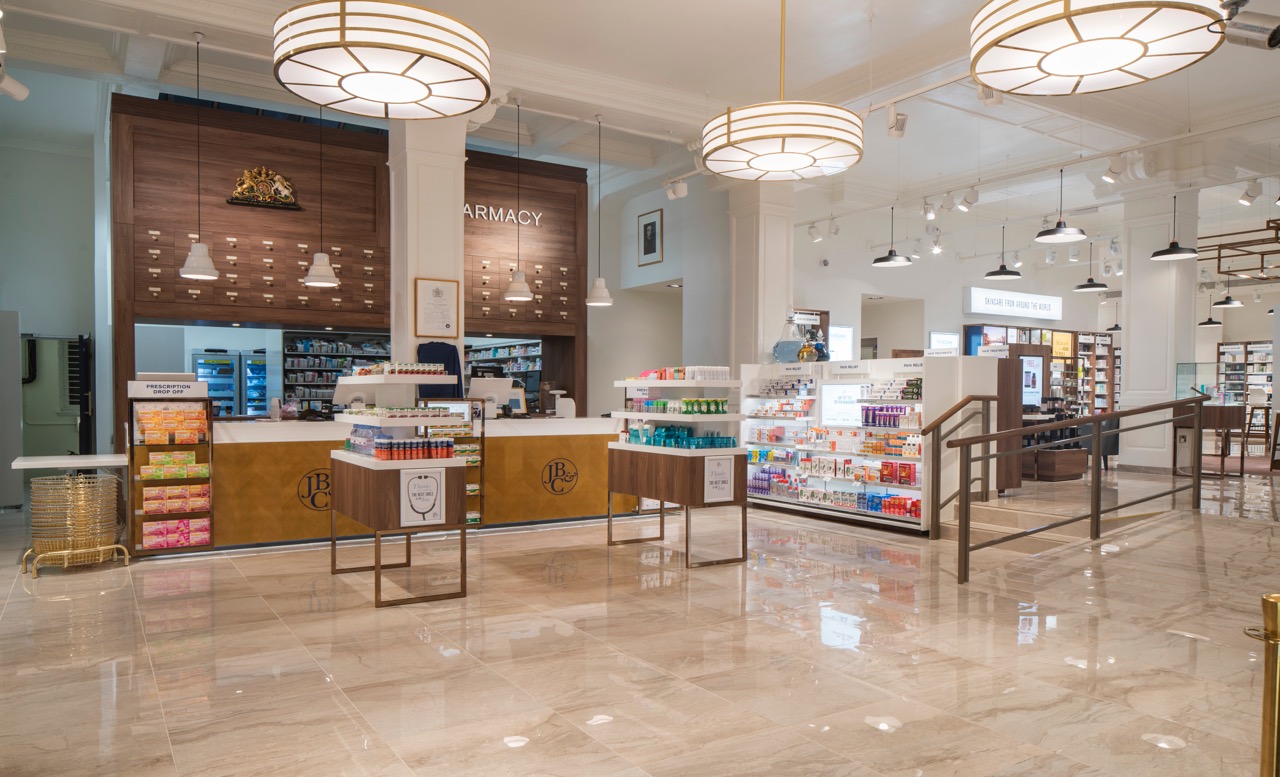Interior design and commercial interior design: what’s the difference?
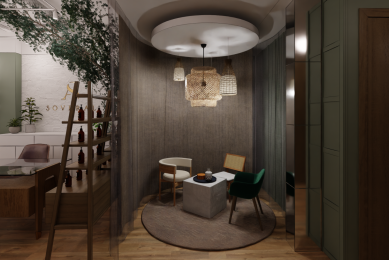
When you’re looking for interior design for a commercial space, it can be easy to think that these are essentially the same service. But in fact there are key differences between commercial and residential interior design.
This isn’t just about whether it’s a business or domestic space either. The differences between the two styles of design go far beyond the sector.
This is really important when you’re looking for someone to help you with a redesign project, as it can hugely shape the direction, scope and impact of what you’re doing.
So what are the differences between commercial, or retail design and interior design, and why do they matter? In this guide we’ll explain all the key contrasts, including:
- Interior design: Terminology
- Types of commercial interior design
- Types of interior design businesses
- Residential vs commercial interior design: How to choose
- Interior design: Residential v commercial
Let’s get started!
Interior design: Terminology
Getting to grips with the terms for interior design is important to understand the differences and similarities between approaches and areas of expertise.
What is interior design?
Interior design is the decoration and furnishing of an interior – any interior, whether in a business or home.
It covers everything from the colours and designs of the walls and floors, to placement of furniture and accessories.
What is residential interior design?
For homes and personal spaces, interior design is also known as domestic or residential interior design.
Residential interior design is specifically for homes, but that doesn’t necessarily mean that it’s non-commercial. For example, it can include design for show homes and developments, which of course also have a commercial aspect.
What is commercial interior design?
Commercial interior design typically refers to the design of businesses or public spaces. It covers a diverse and broad mix such as offices, healthcare spaces, salons, restaurants, hotels, schools and universities, community spaces such as museums and art galleries and much more.
But it also includes elements of retail design if there is a retail element to the space. Optical is a great example of a space that needs both.
The principles of commercial interior design focus on how the people using the space interact with it (this could be customers or employees or both) and how the design can achieve the best experience for those using the space through considered intelligent interior design.
Commercial interior design considers elements such as layout, ergonomics, biophilic design and sustainability, aesthetics and interior design scheme, branding and graphics, furniture design and fixtures and fittings as well.
What is retail interior design?
Retail design is related but not the same as commercial interior design, in reality it’s more of a subset or niche of commercial interior design.
Specifically, retail design is about store, shop and showroom design – including pop-up shops.
All of the key points and principles of commercial interior design also apply here, and customer experience, layout and branding are still very much part of the design process.
But retail design also heavily focuses on and considers how the design of the space can shape that customer experience to increase or maximise sales.
That means it includes careful consideration of the customer journey, touchpoints, display and merchandising, technology and immersive tech, shopfront and exterior, shop windows, counter design and product displays to ensure retail practicality but also to increase or maximise sales.
This is all whilst creating beautiful aesthetics and brand storytelling too.
Types of commercial interior design: How retail design helps achieve business goals
There are a huge number of ways that retail design can help you reach tangible business goals, and give you better opportunities to attract more customers, sell more products, or sell more high value products.
Using interior design to boost sales and profits
A great retail design agency can really change how your business works, bringing you more sales, better clients and bigger turnover.
By creating a strategy to target the right customers, and provide them with a space that’s not just welcoming, but encourages specific actions, they can give you a plan that actually improves your bottom line.
Case Study: Perspective Opticians
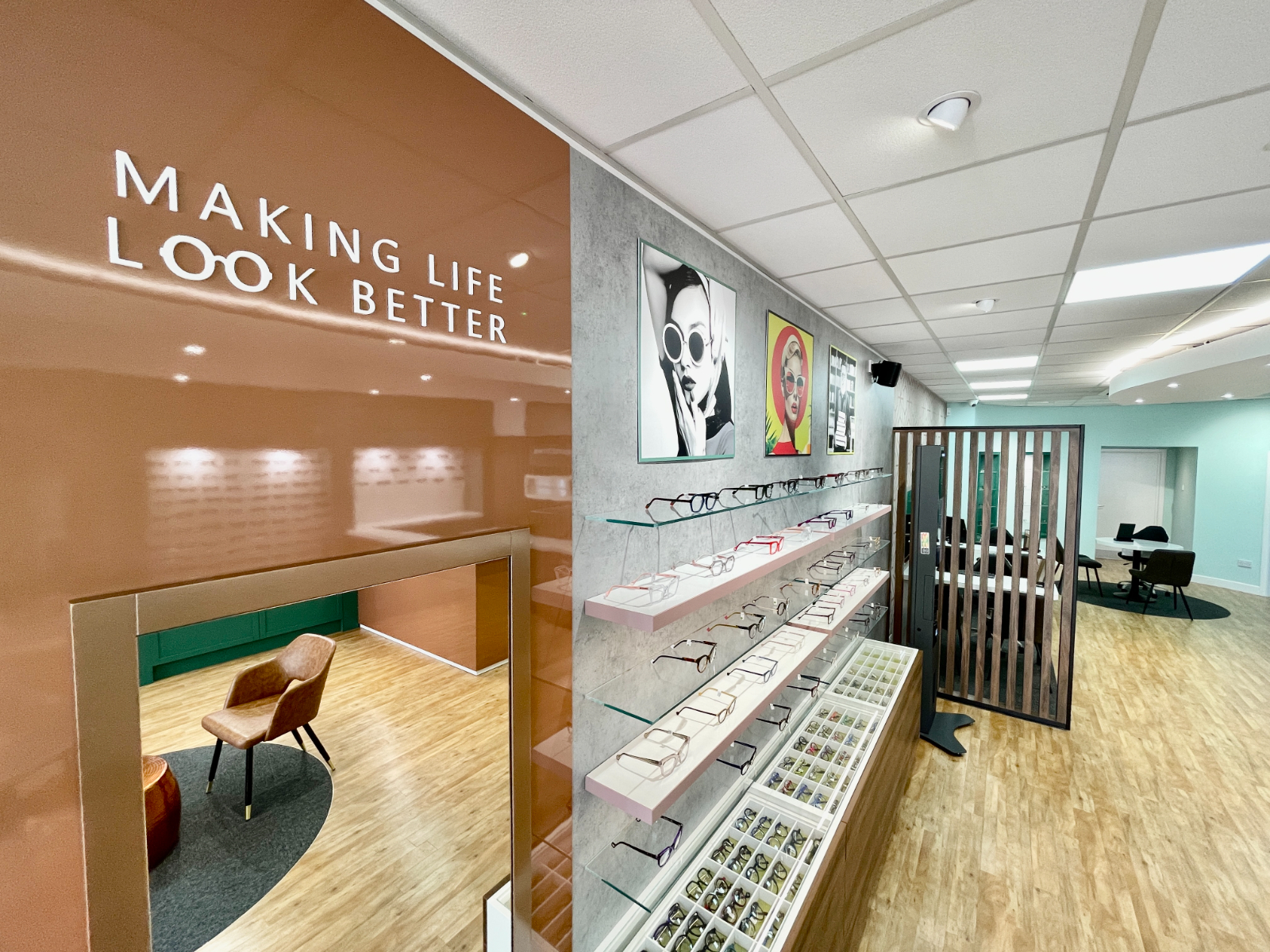
Retail interior design for better traffic flow
One of the most common issues in a commercial setting is enabling people to flow through the premises easily.
This is particularly important for businesses that have a range of different spaces, such as waiting areas, seating and bar/counter areas, or mixed use spaces.
Ensuring there are designated areas for every purpose, and that moving between these and other areas is simple and straightforward is a key part of any retail design strategy.
Pretty much every sector can benefit from well designed traffic flow, but it’s particularly important for salons, bars, cafes and restaurants, opticians, healthcare providers and community spaces.
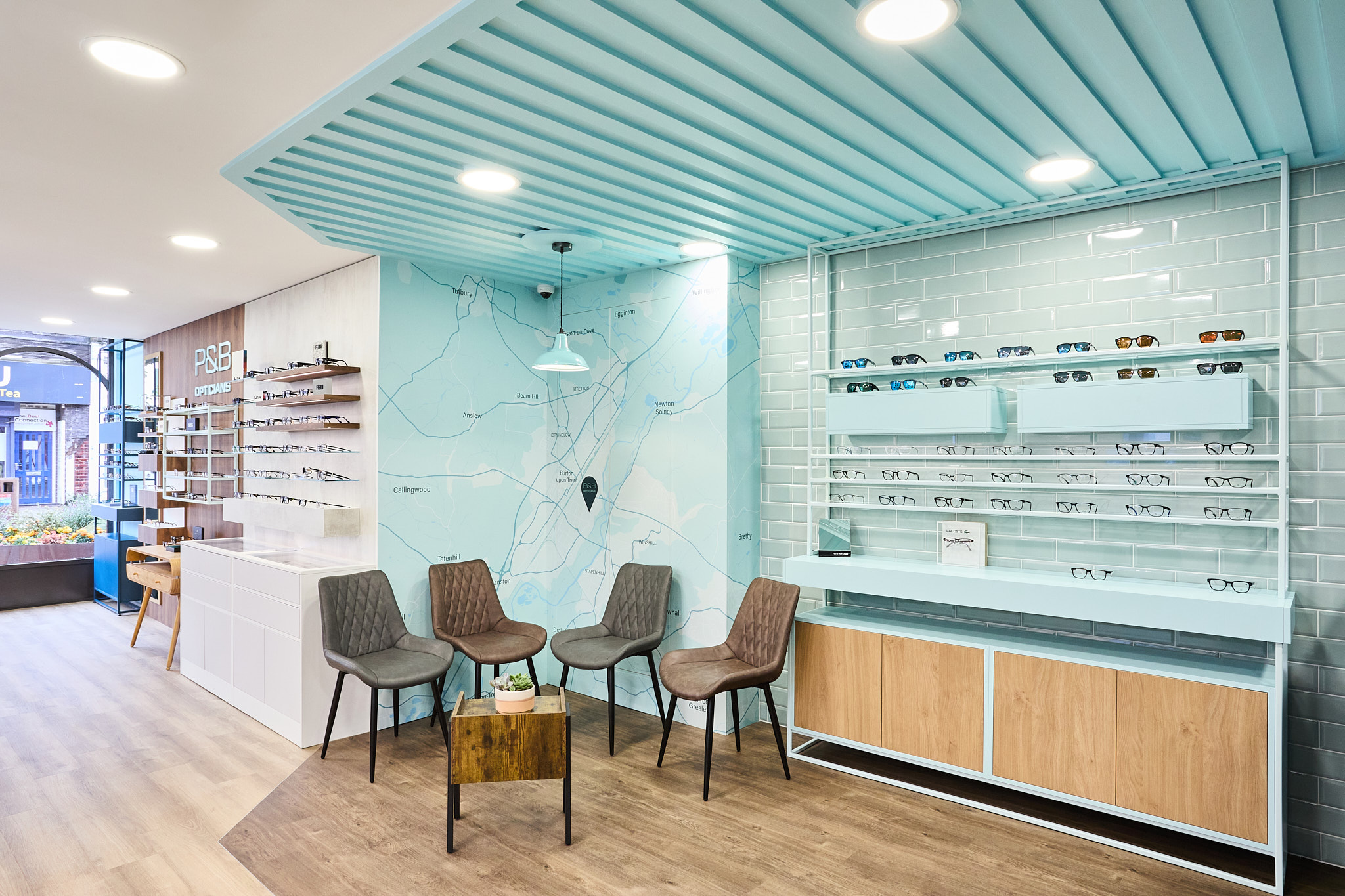
Commercial space planning
Even without considering traffic flow, a regular issue with retail design is to ensure that every part of a space has a clear, defined purpose.
It’s common for areas of your space to become unused or overlooked – and this is an opportunity for your retail designer to re-think it, and provide the area with a useful purpose that can drive business, or enhance the customer experience.
This can be especially important in a building with structural challenges or restrictions.

Product display and promotion
While an interior designer can create a lovely product display area, in retail design, this will be carefully planned to give you the best opportunity to sell more products, or more high value products (depending on your targets).
Product display design isn’t just for retail businesses either. It can be a big boost to salons, where you can add new lines of revenue by selling products, and also for cafes, where a great counter display can encourage customers to buy more than just a coffee.
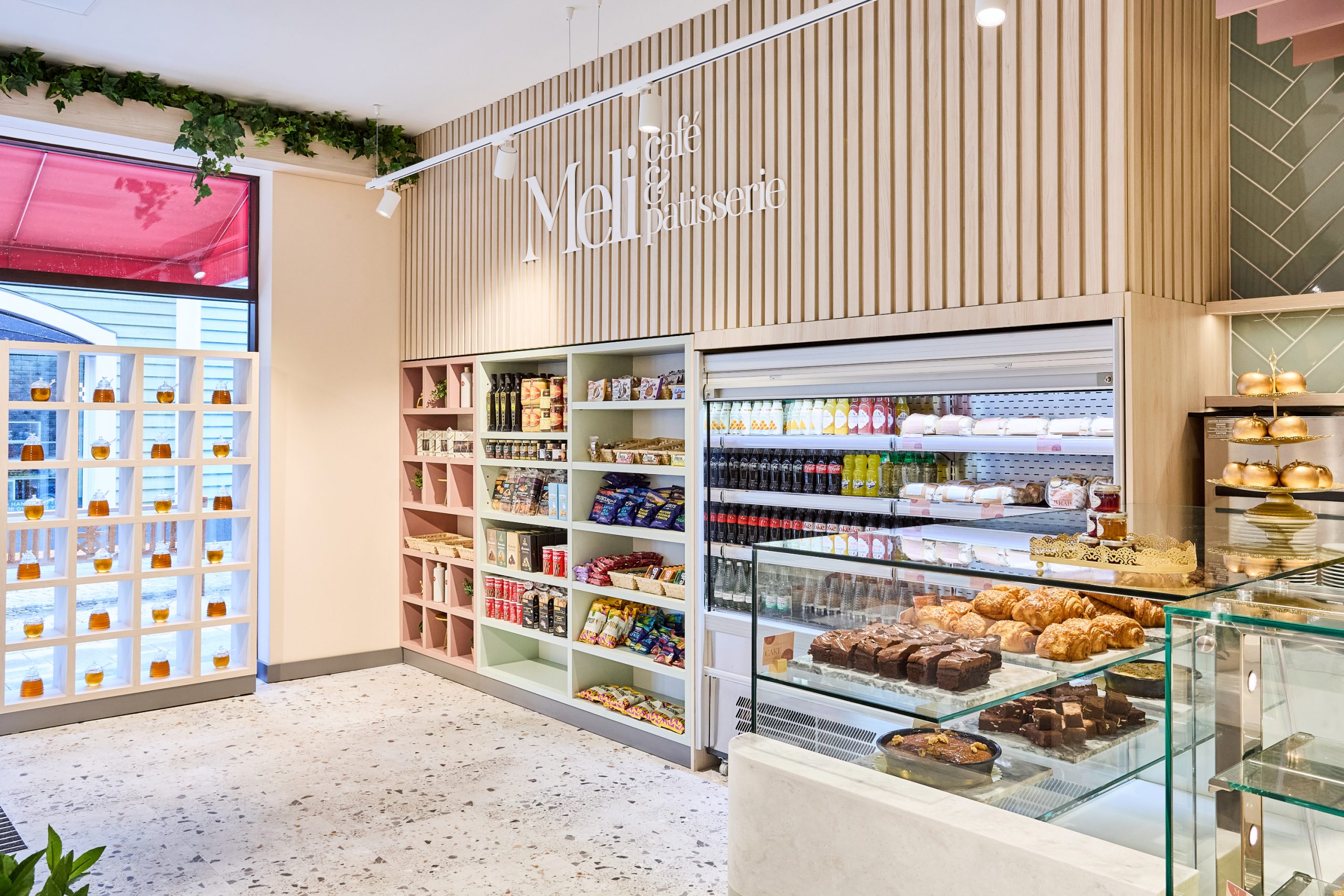
Interactive displays
Giving clients and customers the opportunity to really engage with your products or services is a fantastic way to enhance any commercial design project.
Interactive displays cover a wide range of different areas, from video and VR to demos and experiences.
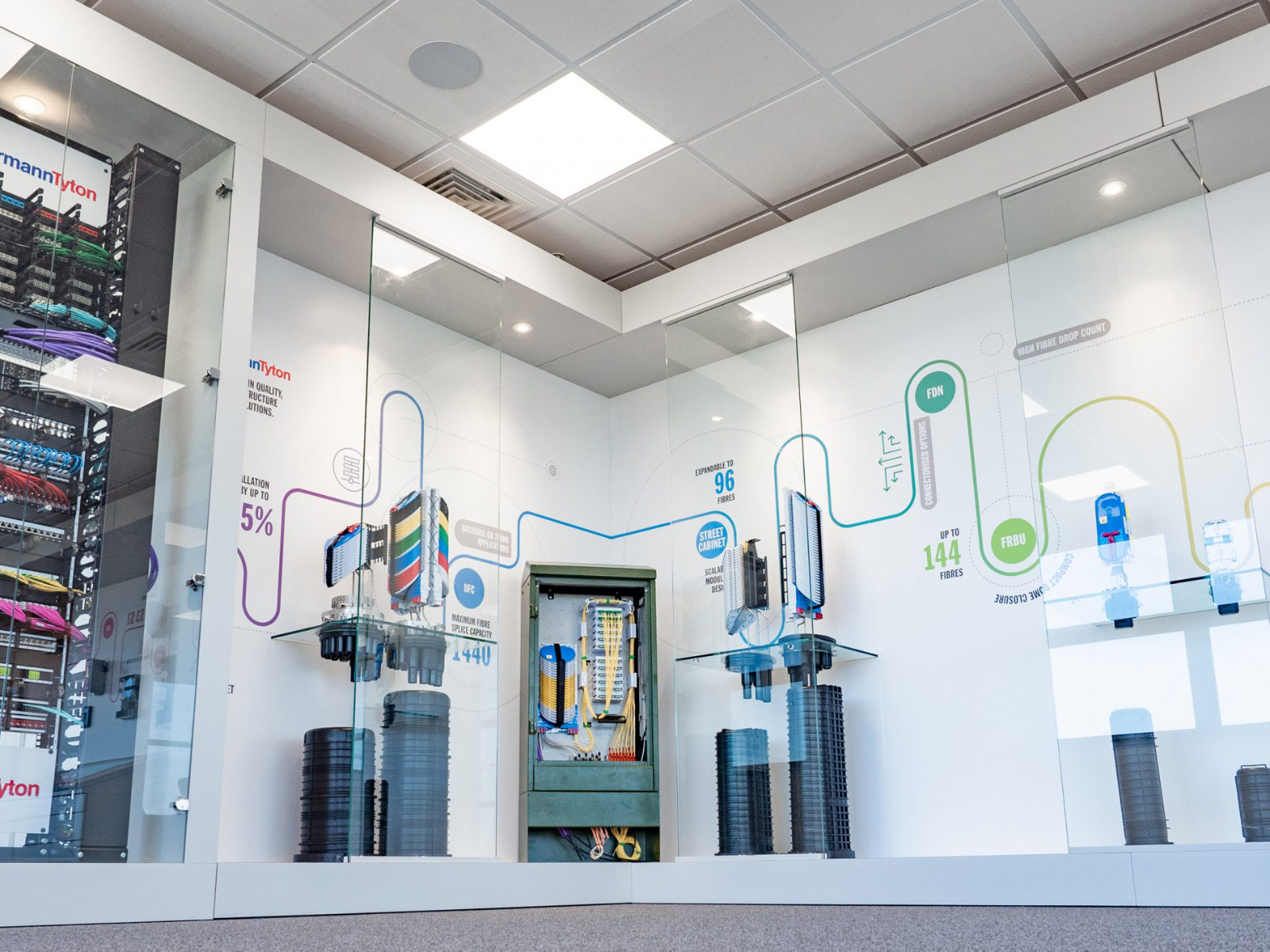
Brand experience design
Creating a positive customer experience is a big part of retail interior design, and affects almost every aspect of a project.
The brand experience extends beyond the colours and style of the interior, and can include messaging and signage, graphics, product display and layout.
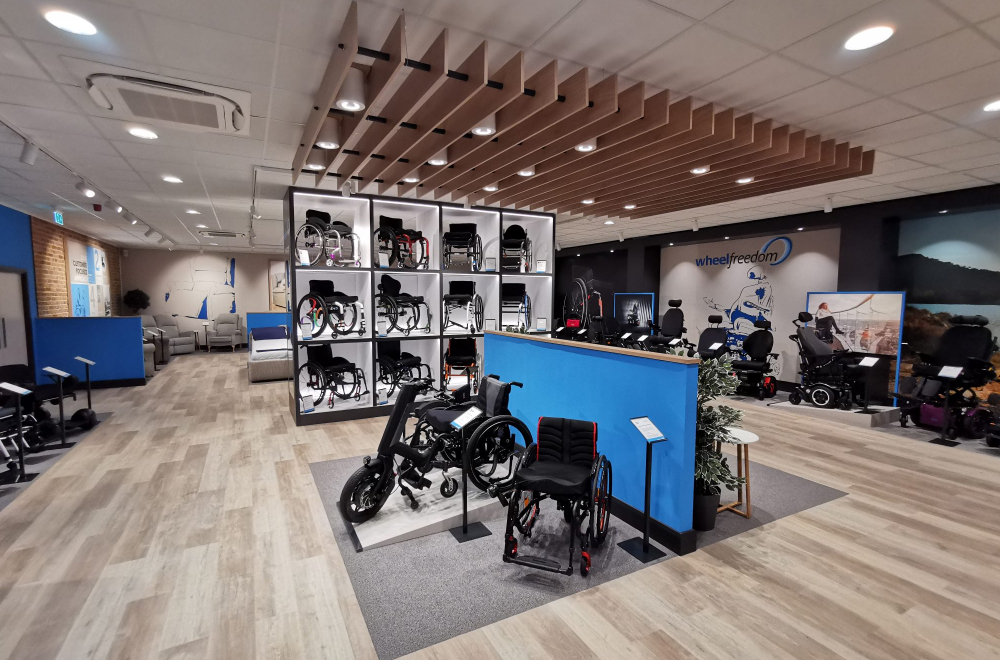
Improving staff experience and engagement
An innovative interior design doesn’t just look better to clients, it can even provide a better working experience for your team.
By providing a workspace that aligns with how your team likes to work, you can give them a better environment to do their job, and more motivation to do it brilliantly.

Types of interior design business
Finding the right partner for your interior design project can be a bit complex – especially as it can be hard to tell if a business provides the level of service that you’re looking for.
Interior designers
This term can apply to most interior design companies, whether they focus on domestic or commercial. But it’s more typically used by people and agencies who focus on domestic and residential interior design.
Interior designers are sometimes consultants, and sometimes full agencies with multiple employees.
Residential interior designers
This is more likely to be a consultant or business that focuses on domestic clients, rather than companies, community or public spaces.
Commercial interior designers
Commercial interior designers can be consultants, working alone or in small teams, or can be agencies with a larger team.
These typically focus on interior design for businesses, and can work within a wide range of sectors, from offices and shops, to community and mixed use spaces.
Retail interior designers
Retail design and commercial design are essentially the same term for the same services. It’s important to note that even a company referring to itself as a “retail design agency” is likely to provide services to a wide range of business clients – not just shops and showrooms.
A retail design agency can typically provide a range of services including concept design, branding and graphics, technical design and drawings, and project management.
Fit out companies
A fit out business is one that does the practical bits of your project, such as the painting and decorating.
Many agencies will have either their own in-house fit out department, or a list of recommended partners that you can choose from. But some will simply provide you with designs and specifications for you to pass on to a fit out company of your choice.
Commercial vs Residential Interior Design: How to choose
It may sound obvious that you would choose an interior designer for residential or domestic projects, and a commercial designer for a business project.
But with such a crossover of skills, you should really consider the skills of each individual designer or agency to see who would be the best fit for your project and goals.
For example, an interior design consultant may be a good fit if you’re remodelling your house, but if you’re designing a show home for a development, a commercial designer may have a better idea of how to best display the space.
So, here’s some points to consider to help you choose the right partner for your interior design project.
Consultant or agency
One of the first things to think about is whether you want to work with a consultant, or an agency.
A consultant is likely to provide you with a dedicated, one-on-one service, which can be ideal for fulfilling your vision of your project.
However, an agency is more likely to have a team behind them with a wider skill set and can offer more services.
Of course, agencies can also be quite varying in size and scope, from huge multinational businesses, to small dedicated design studios. So it’s important to get a feel for the agencies you contact, to see if they’d be a good fit for you.
Project priorities
Another huge part of the decision making process is to establish your project’s priorities.
If look and feel is your sole consideration, then an interior designer may be the right choice. They can focus entirely on your own personal preferences and style to create something that’s ideal for you.
But if your project needs to do something more – whether that’s attracting new customers, boosting sales and turnover, or motivating staff – then you may need a more commercially focused agency.
Service levels
Another significant area of consideration is the level of service you expect from your agency. Are you expecting a full technical specification, design mockups and renders, customer research and strategy?
A retail design agency is more likely to have the capacity to provide that full service than an independent consultant (although there are certainly many who can and do).
So it’s important when speaking to designers that you get a good understanding of what they can provide for you, so you can ensure it’s everything you need and expect.
Commercial interior design cost
Naturally any interior design project will hugely depend on the scope and size of the building that you’re renovating.
But typically a commercial design agency is likely to quote a little higher than one that focuses more on domestic projects.
That’s due to the research, strategy and planning that naturally comes with a retail design project. But these are also the things that are likely to bring you tangible success in the project, ensuring that you’re getting more than just a new coat of paint, you’re investing in business growth.
Interior design: Residential v commercial
Now you know all about interior design terminology, the differences between interior design for homes and businesses, the different types of interior design and the key areas where retail design can improve your business performance, you’ve got everything you need to find your ideal interior design partner.
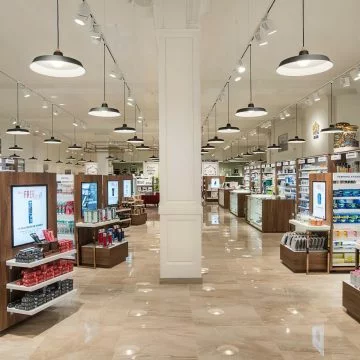
Let’s transform your space together
If you want to know more, get in touch – we’re always happy talking shop.
Contact us